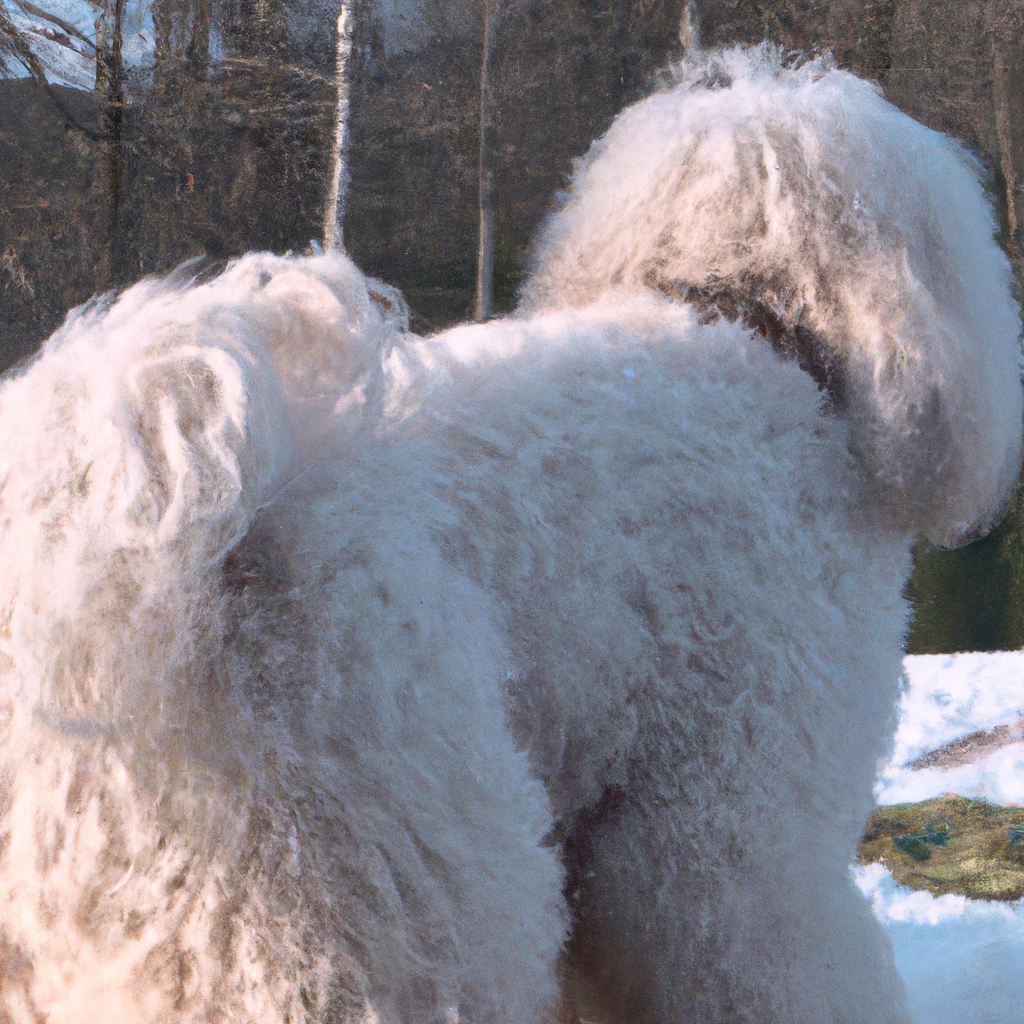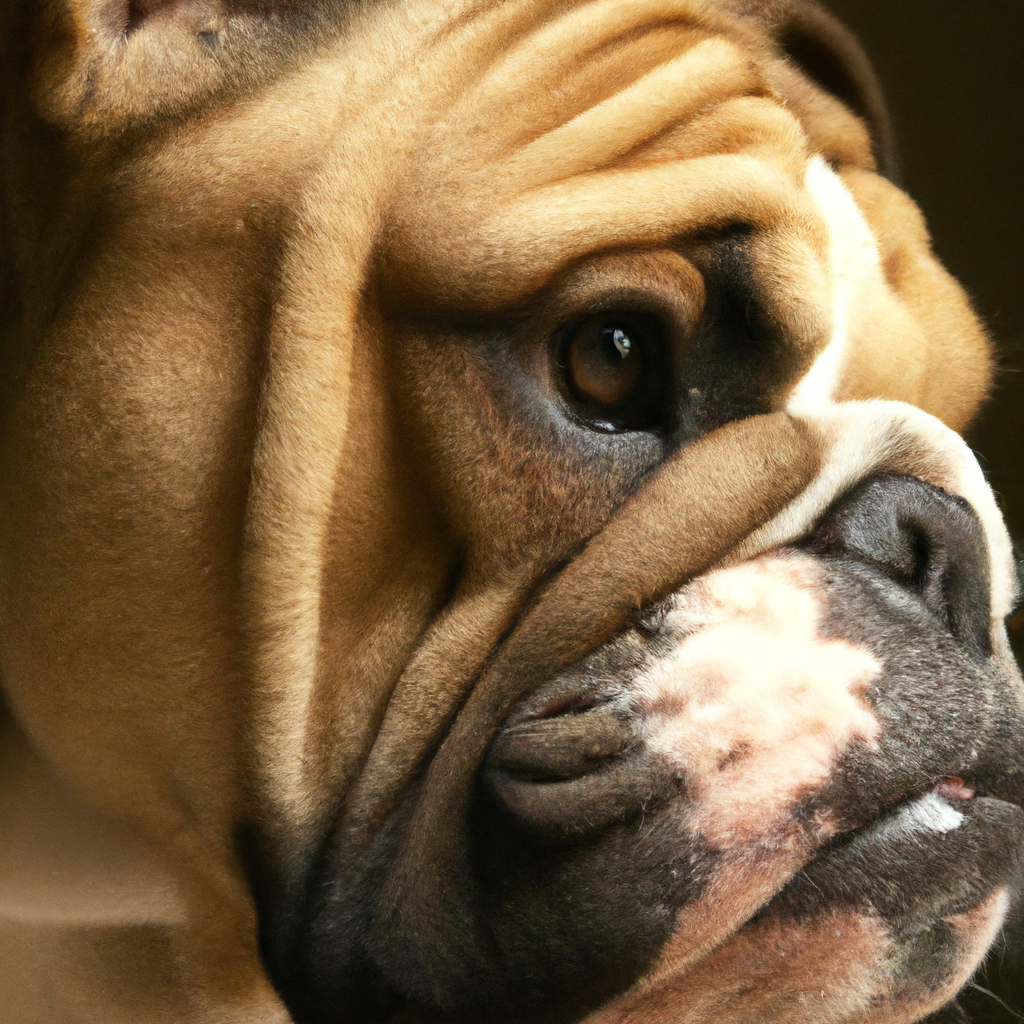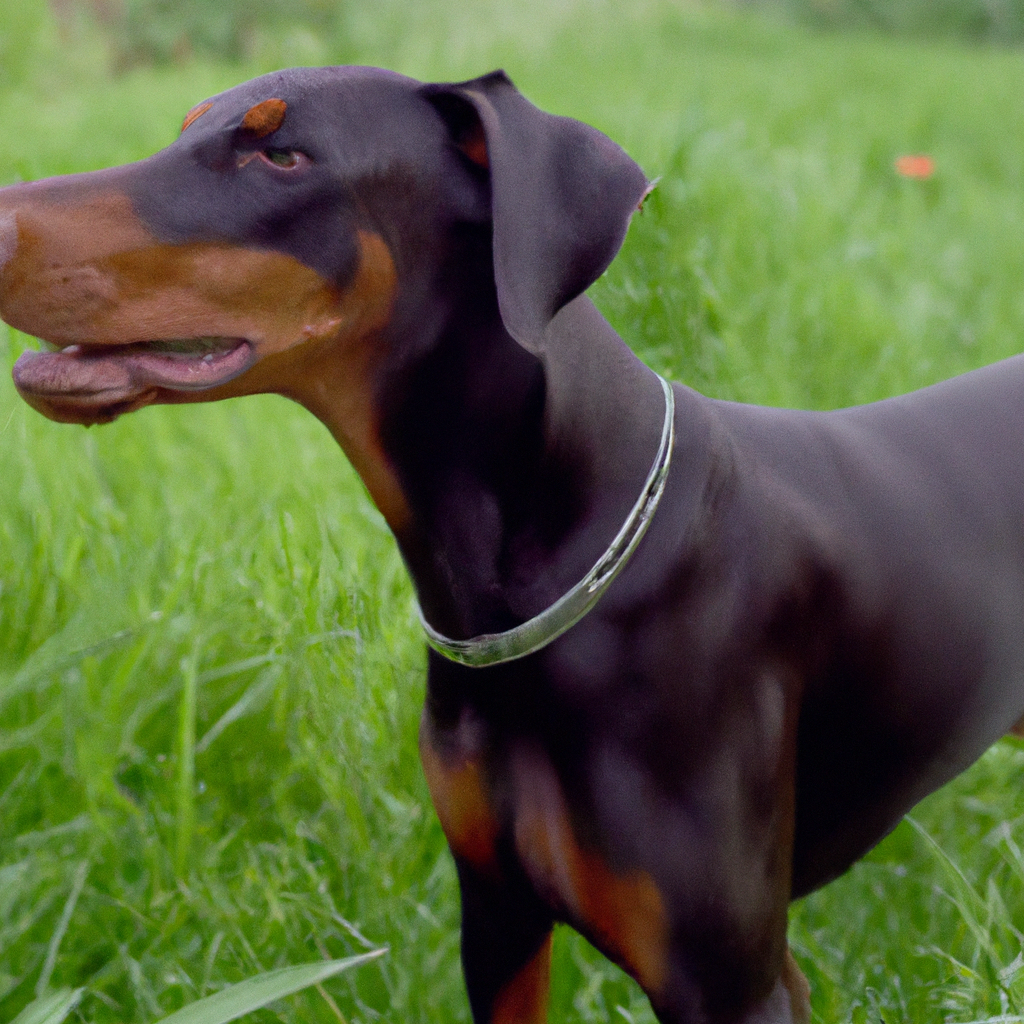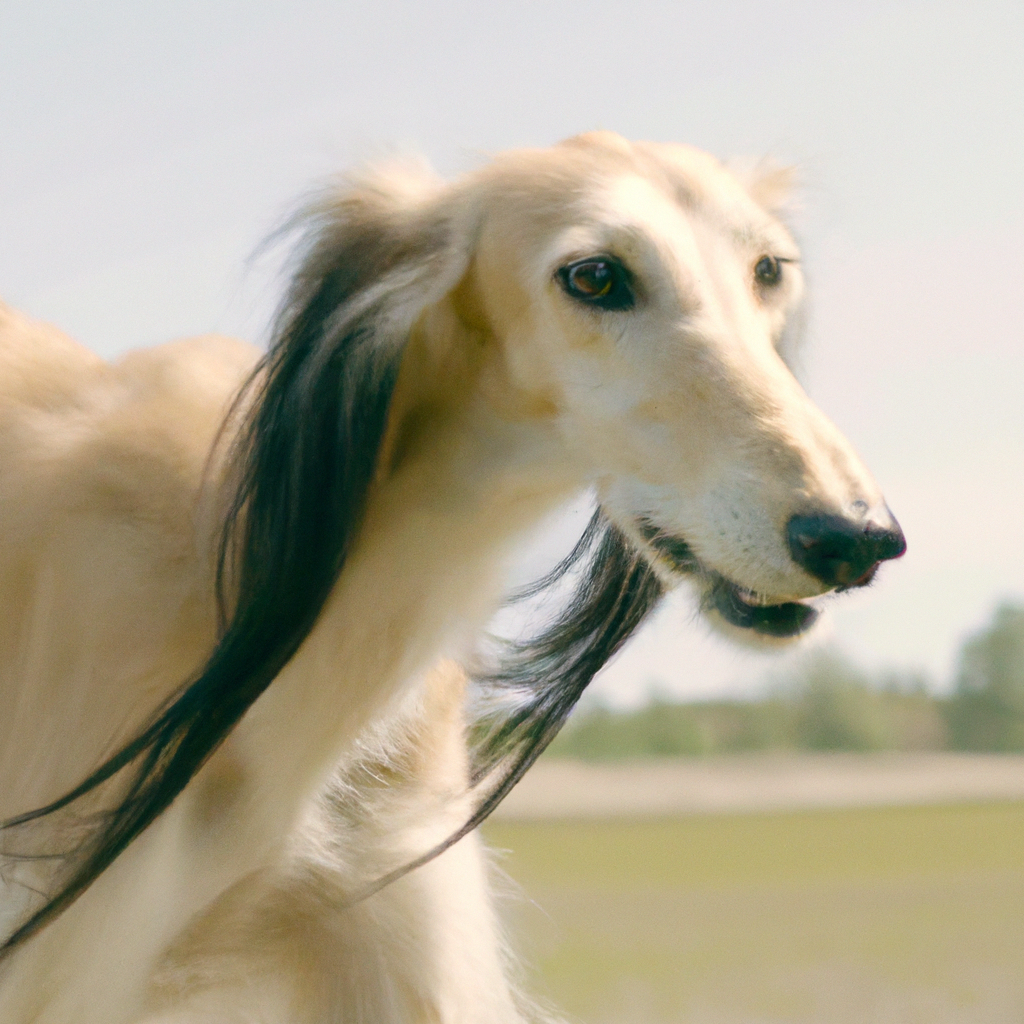The Komondor Breed: Unraveling the Majestic Guardian
The Komondor breed is a large, powerful, and distinctive dog known for its unique corded coat. Originating from Hungary, this breed has a long history of guarding livestock and property. With their loyal and protective nature, Komondors make excellent guard dogs and are highly devoted to their families. In this article, we will explore the key characteristics, temperament, care requirements, and training considerations for the Komondor breed. Whether you are considering adding a Komondor to your family or simply want to learn more about this fascinating breed, this guide will provide you with all the essential information you need to know.
History and Origins of the Komondor Breed
The Komondor breed is a unique and fascinating dog with a long history and intriguing origins. This article aims to provide you with all the essential information about this breed, starting with its history and origins.
The Komondor, also known as the Hungarian Sheepdog, is a large and powerful breed that has been around for centuries. Its origins can be traced back to Hungary, where it was primarily used as a livestock guardian. The breed’s main purpose was to protect flocks of sheep from predators, such as wolves and bears.
The exact origins of the Komondor are somewhat unclear, but it is believed to have descended from Tibetan dogs that were brought to Hungary by the Cumans, a nomadic people, around 1,000 years ago. These dogs were then crossed with local Hungarian herding dogs, resulting in the development of the Komondor breed as we know it today.
The Komondor’s distinctive corded coat is one of its most recognizable features. This unique coat serves a practical purpose, as it helps the dog blend in with the sheep it is guarding, making it difficult for predators to spot. The cords also provide protection against the elements, keeping the dog warm in cold weather and providing insulation in hot weather.
In addition to its role as a livestock guardian, the Komondor has also been used as a guard dog for homes and estates. Its imposing size and protective nature make it an excellent choice for this role. The breed’s loyalty and devotion to its family are well-known, and it will go to great lengths to protect its loved ones.
Over the years, the Komondor has gained recognition and popularity outside of Hungary. It was first introduced to the United States in the 1930s and was officially recognized by the American Kennel Club in 1937. Since then, the breed has continued to attract admirers around the world.
Despite its long history and unique characteristics, the Komondor is not a breed for everyone. Its size and strength require an experienced and dedicated owner who can provide the necessary training and socialization. The breed’s protective nature also means that it may not be suitable for households with small children or other pets.
If you are considering adding a Komondor to your family, it is important to do thorough research and ensure that you are prepared for the responsibilities that come with owning this breed. Finding a reputable breeder who prioritizes the health and temperament of their dogs is crucial.
In conclusion, the Komondor is a remarkable breed with a rich history and fascinating origins. Its role as a livestock guardian and its distinctive corded coat set it apart from other breeds. While it may not be suitable for everyone, those who are willing to put in the time and effort to properly care for and train a Komondor will be rewarded with a loyal and devoted companion.
Physical Characteristics and Appearance of the Komondor
The Komondor is a large, powerful breed of dog that is known for its unique appearance and distinctive coat. This breed originated in Hungary and has been used for centuries as a livestock guardian. The physical characteristics of the Komondor are what make it stand out from other breeds.
One of the most notable features of the Komondor is its coat. The coat is long, thick, and corded, giving the dog a mop-like appearance. The cords start to form when the dog is around nine months old and continue to develop as the dog grows. The cords can reach lengths of up to 12 inches and give the dog a shaggy, unkempt look. The coat serves as protection against the elements and predators, as well as providing insulation in both hot and cold weather.
Underneath the unique coat, the Komondor has a muscular and sturdy build. The breed is large, with males standing at around 27 inches tall and weighing between 100 and 130 pounds. Females are slightly smaller, standing at around 25 inches tall and weighing between 80 and 100 pounds. The body is well-proportioned, with a deep chest and a strong, straight back. The legs are straight and powerful, allowing the dog to move with agility and speed.
The head of the Komondor is large and broad, with a strong jaw and a black nose. The eyes are almond-shaped and dark brown, giving the dog an intelligent and alert expression. The ears are V-shaped and hang down close to the head. The neck is muscular and well-arched, adding to the breed’s regal appearance.
Despite its size and strength, the Komondor moves with grace and elegance. The breed has a smooth, flowing gait and covers a lot of ground with each stride. This, combined with its powerful build, makes the Komondor an impressive sight to behold.
In addition to its physical characteristics, the Komondor has a unique temperament. The breed is known for its loyalty and protective nature. Komondors are naturally suspicious of strangers and will not hesitate to defend their family and territory. They are intelligent and independent, but also require firm and consistent training from an early age to ensure they grow up to be well-behaved and obedient dogs.
In conclusion, the Komondor is a breed that is instantly recognizable due to its distinctive appearance and unique coat. Its large, muscular build and regal head give it an imposing presence. The breed’s protective nature and loyalty make it an excellent choice for those looking for a devoted and vigilant companion. However, potential owners should be aware of the breed’s independent nature and the need for early and consistent training. Overall, the Komondor is a remarkable breed that combines physical strength with intelligence and loyalty.
Temperament and Personality Traits of the Komondor
The Komondor is a unique breed of dog that is known for its distinctive corded coat. While their appearance may be eye-catching, it is important to also understand their temperament and personality traits before considering adding one to your family.
One of the first things to note about the Komondor is their strong protective instinct. This breed was originally bred to guard livestock, and that instinct is still very much present in their DNA. They are fiercely loyal and will go to great lengths to protect their family and territory. This can make them excellent guard dogs, but it also means that they may be wary of strangers. Early socialization and training are crucial to ensure that they can distinguish between friend and foe.
Despite their protective nature, Komondors are generally calm and gentle dogs. They are known for their patience and are often great with children. However, it is important to supervise interactions between young children and Komondors, as their large size and protective instincts can sometimes lead to unintentional accidents.
Komondors are also highly intelligent dogs. They are quick learners and are eager to please their owners. However, they can also be independent thinkers and may require a firm and consistent hand in training. Positive reinforcement methods, such as treats and praise, tend to work best with this breed. Harsh or punitive training methods can lead to fear or aggression, so it is important to use gentle and patient techniques.
Another important aspect of the Komondor’s temperament is their need for space and exercise. These dogs are not well-suited for apartment living or homes without a yard. They have a natural instinct to roam and may become frustrated or destructive if they do not have enough space to move around. Regular exercise, such as long walks or playtime in a securely fenced area, is essential to keep them physically and mentally stimulated.
While Komondors are generally good with their family members, they can be aloof or suspicious of strangers. This can make them excellent watchdogs, but it also means that they may require extra socialization to prevent them from becoming overly protective or aggressive towards unfamiliar people or animals. Early and ongoing socialization is key to ensuring that they are well-adjusted and friendly in a variety of situations.
In conclusion, the Komondor is a breed with a unique temperament and personality. They are fiercely loyal and protective, making them excellent guard dogs. However, they also require early socialization and training to ensure that they can distinguish between friend and foe. They are generally calm and gentle, but their large size and protective instincts mean that they may need supervision around young children. They are highly intelligent and eager to please, but may also be independent thinkers. Regular exercise and space to roam are essential for their well-being. With the right training and socialization, the Komondor can be a loving and devoted companion for the right owner.
Training and Exercise Needs of the Komondor
The Komondor is a large, powerful breed that originated in Hungary. Known for its unique corded coat, the Komondor is a majestic and imposing presence. However, owning a Komondor comes with certain responsibilities, including meeting their training and exercise needs.
Training a Komondor requires patience, consistency, and firmness. These dogs are intelligent but can be independent and stubborn at times. It is important to establish yourself as the pack leader from the beginning and set clear boundaries and rules. Positive reinforcement techniques, such as rewards and praise, work best with this breed. Harsh training methods or punishment can lead to fear or aggression.
Socialization is crucial for a Komondor. Expose them to different people, animals, and environments from a young age. This will help them develop into well-rounded and confident dogs. Puppy classes and obedience training are highly recommended for Komondor owners. These classes provide an opportunity for your dog to interact with other dogs and learn basic commands.
Exercise is another important aspect of caring for a Komondor. Despite their large size, they are not overly active dogs. However, they still require regular exercise to keep them physically and mentally stimulated. A daily walk or two, along with some playtime in a securely fenced yard, should be sufficient for most Komondors. Keep in mind that they have a strong instinct to guard and protect, so it is essential to keep them on a leash or in a secure area when outside.
Komondors are not well-suited for apartment living or homes without a yard. They need space to roam and explore. If you live in a smaller space, make sure to provide them with plenty of mental stimulation through puzzle toys or interactive games. Lack of exercise and mental stimulation can lead to boredom and destructive behavior in this breed.
It is important to note that Komondors are not recommended for first-time dog owners. They require experienced handlers who can provide the necessary training and socialization. They are protective by nature and can be wary of strangers. Early and ongoing socialization can help mitigate any potential aggression or fearfulness.
When it comes to grooming, the Komondor’s unique coat requires special attention. The cords need to be separated regularly to prevent matting and ensure proper air circulation. Bathing should be done occasionally, as frequent bathing can disrupt the natural oils in their coat. Regular brushing and checking for any skin issues or parasites are also important.
In conclusion, owning a Komondor comes with the responsibility of meeting their training and exercise needs. Training should be consistent, firm, and positive, while socialization is crucial for a well-rounded dog. Regular exercise and mental stimulation are necessary to keep them happy and healthy. Komondors are not recommended for first-time dog owners and require experienced handlers. Grooming their unique coat requires special attention. With proper care and attention, the Komondor can be a loyal and loving companion.
Health and Care Tips for the Komondor Breed
The Komondor breed is a unique and majestic dog that has a long history of guarding livestock. With their distinctive corded coat and strong protective instincts, they make excellent guardians and loyal companions. However, like any other breed, they require proper care and attention to ensure their health and well-being.
One of the most important aspects of caring for a Komondor is maintaining their coat. The cords, which are formed by the natural matting of the hair, require regular grooming to prevent them from becoming tangled and matted. It is recommended to brush the coat at least once a week to remove any debris or dirt that may have accumulated. Additionally, regular bathing is necessary to keep the coat clean and free from odors. However, it is important to note that the drying process can be time-consuming due to the thickness of the cords.
In addition to grooming, proper nutrition is essential for the overall health of a Komondor. These dogs have a large build and require a balanced diet that is rich in protein and nutrients. It is recommended to feed them high-quality dog food that is specifically formulated for large breeds. Additionally, it is important to monitor their weight and adjust their portion sizes accordingly to prevent obesity, which can lead to various health issues.
Exercise is another crucial aspect of caring for a Komondor. Despite their size, these dogs are relatively inactive indoors and require regular physical activity to prevent boredom and maintain their overall health. Daily walks, playtime, and mental stimulation are necessary to keep them happy and well-exercised. However, it is important to note that excessive exercise should be avoided, especially during hot weather, as their thick coat can make them prone to overheating.
Regular veterinary check-ups are also essential for the health and well-being of a Komondor. These dogs are generally healthy, but like any other breed, they are susceptible to certain health conditions. Hip dysplasia, bloat, and eye problems are some of the common health issues that can affect Komondors. Regular check-ups, vaccinations, and preventive measures can help detect and address any potential health concerns early on.
Lastly, socialization and training are crucial for a well-rounded Komondor. These dogs have a strong protective instinct and can be wary of strangers. Early socialization with different people, animals, and environments is important to ensure they grow up to be well-behaved and confident dogs. Additionally, obedience training is necessary to establish boundaries and ensure they respond to commands effectively.
In conclusion, caring for a Komondor requires dedication and attention to their unique needs. Regular grooming, proper nutrition, exercise, veterinary care, and socialization are all essential for their health and well-being. By providing them with the care they need, you can enjoy the companionship and loyalty of this majestic breed for many years to come.
Q&A
1. What is the origin of the Komondor breed?
The Komondor breed originated in Hungary.
2. What is the typical size and appearance of a Komondor?
Komondors are large dogs with a sturdy build. They have a distinctive corded coat that resembles dreadlocks.
3. What is the temperament of a Komondor?
Komondors are known for their protective and independent nature. They are loyal, calm, and reserved, making them excellent guard dogs.
4. How much exercise does a Komondor need?
Komondors require moderate exercise to stay healthy and happy. Daily walks and playtime in a secure area are recommended.
5. Are Komondors suitable for families with children?
Komondors can be good family pets if properly socialized and trained from a young age. However, their protective instincts may require supervision around small children.In conclusion, the Komondor breed is a large, powerful, and protective dog that originated in Hungary. They are known for their unique corded coat, which requires regular maintenance. Komondors are intelligent, loyal, and independent, making them excellent guard dogs and family companions. However, they require early socialization, consistent training, and a firm owner to thrive. Overall, the Komondor breed is a fascinating and distinctive breed that requires dedicated care and attention.





